 Here’s a mystery: How did a nonexistent paper rack up hundreds of citations?
Here’s a mystery: How did a nonexistent paper rack up hundreds of citations?
Pieter Kroonenberg, an emeritus professor of statistics at Leiden University in The Netherlands, was puzzled when he tried to locate a paper about academic writing and discovered the article didn’t exist. In fact, the journal—Journal of Science Communications—also didn’t exist.
Perhaps Kroonenberg’s most bizarre discovery was that this made-up paper, “The art of writing a scientific article,” had somehow been cited almost 400 times, according to Clarivate Analytics’ Web of Science.
Anne-Wil Harzing, a professor of International Management at at Middlesex University in London, who recounted Kroonenberg’s discovery in her blog, wrote: Continue reading The “phantom reference:” How a made-up article got almost 400 citations

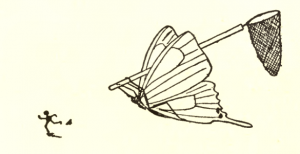
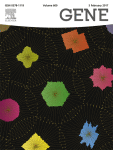
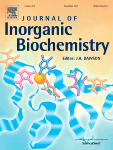
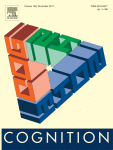 A social psychologist has retracted a second paper that contains “fabricated or manipulated data.”
A social psychologist has retracted a second paper that contains “fabricated or manipulated data.” A social psychology journal has added an expression of concern to a paper by
A social psychology journal has added an expression of concern to a paper by 
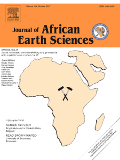 In February 2016,
In February 2016,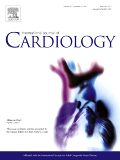 A cardiology journal has retracted a 2016 meta-analysis after the editors had an, ahem, change of heart about the rigor of the study.
A cardiology journal has retracted a 2016 meta-analysis after the editors had an, ahem, change of heart about the rigor of the study.